By Jonathan Lopes
Campus News
I was at risk of not graduating high school. One of the things that put my mind in perspective was volunteering. I knew a resume of sorts was needed for college, especially since my grades were not going to carry me there.
I expressed interest in the Big Brother of America program. I applied, interviewed, passed the background check and was matched with a 12 year old boy. Ian was an only child from a divorced family. I was warned of his shy, quiet nature. I visited his school once per week for the entirety of my high school senior year. Bonding took time. It wasn’t easy and tested my patience. I even considered dropping out. But the art to service is that it’s not about you. It’s about them. Ian slowly opened up, in part because I became an example of something that wasn’t his norm: consistency.
I was unable to continue post-graduation, due to the different schedule and location of college. However, at 17 I knew I wanted to continue in some capacity. I signed up for service learning as a freshman. I volunteered like crazy over the next three years in K-12 schools, child care centers and a senior citizen home. At 18 I had one of those crystallizing moments. I immediately bonded with a 5 year old boy, Harrison aka “Super Ice Man.” I couldn’t tell you to this day how he and I thought of his nickname. I actively looked forward to seeing his bright face each week.
There was a 2-3 week gap in which I didn’t see him. I was concerned. One day while supervising recess I saw a woman approach me. She said, “Are you Mr. Lopes?” I said “Yes.” She introduced herself as Harrison’s mother and mentioned he has been sick for awhile and today was his first day back. This is where that epiphany took place, finally understanding the art of community service – intimate interactions and making an impact. She told me she wanted to meet me because ‘Harrison speaks very highly of you at home’. This kid is 5. I see him a few hours a week. That’s impact. On rare occasions when at a restaurant or a mall with a friend near some of these schools, I’d run into a few families I’d worked with, and we’d briefly chat. That lasting impression reflects the importance of community or “the art” so to speak.
Now and then, during undergraduate and graduate school, I had the occasional drifting thought of volunteering at a crisis center. I one day decided to act on it. I did research and applied to a local agency. I no longer volunteer due to work commitments, but those two years were sad, fascinating and never boring.
Interpersonal violence is as prevalent as ever, and I was able to witness and assist in several unfortunate situations while also visiting schools to educate. Young students could relate to a fellow “baby face” and being a male who cares about the subject matter didn’t hurt. I enjoyed the school visits the most. At one specific event a male and female, no older than 15, approached my table and were virtually silent but their eye contact and mannerisms spoke volumes. They didn’t say anything or take any literature. I didn’t act, even though I saw the proverbial signs. I ran into them 40 minutes later and gave them a short speech and contact cards. They appeared a bit relieved.
These three featured stories highlight my perspectives on the art of community service. Art at its essence is knowledge and the power of expression. Art can come in many forms, historical teachings, and handmade portraits and in my case, intimate interactions. Volunteerism, giving your time to the benefit of someone else, has a domino effect of power and promise.
Jonathan Lopes is a first-generation US citizen and college graduate with AA, BA, and MA degrees. He has worked at Raritan Valley Community College and Lafayette College.



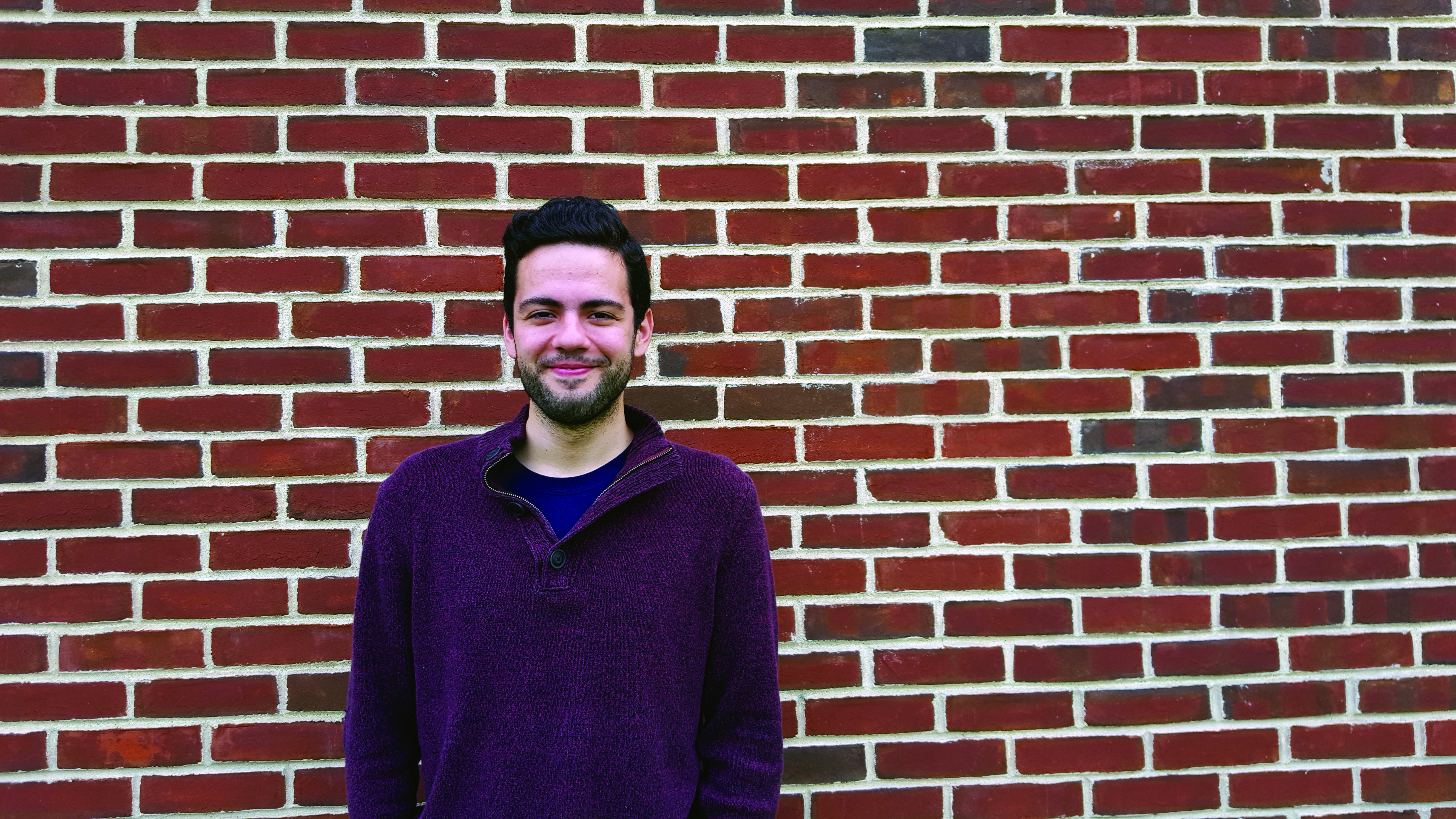
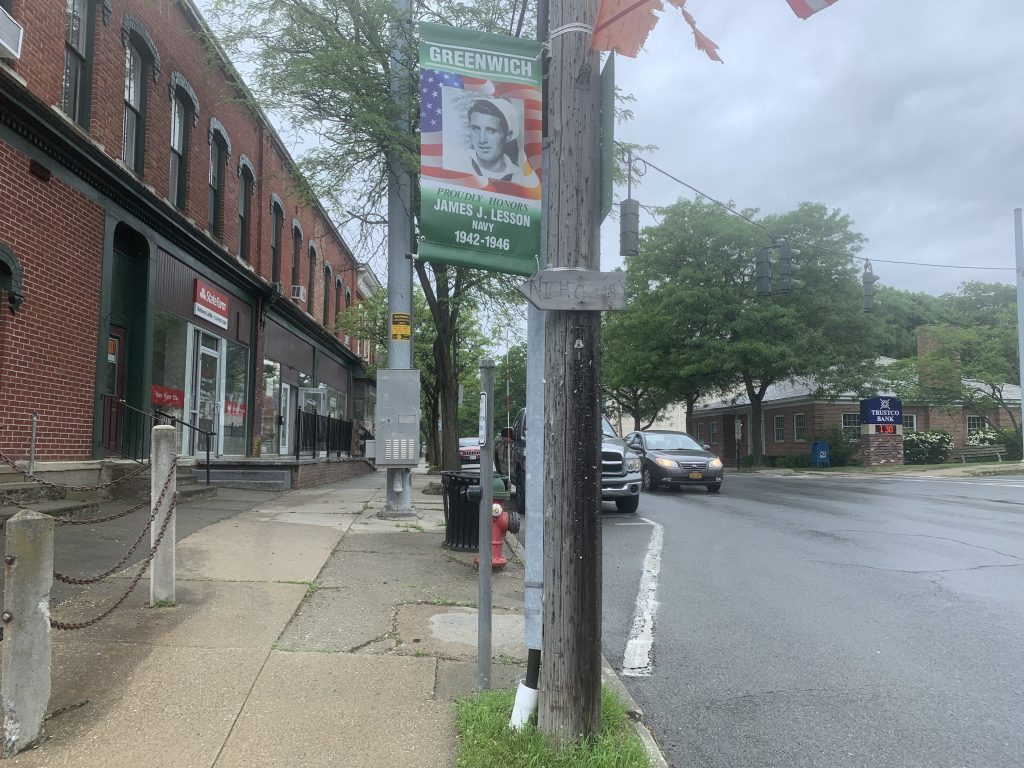
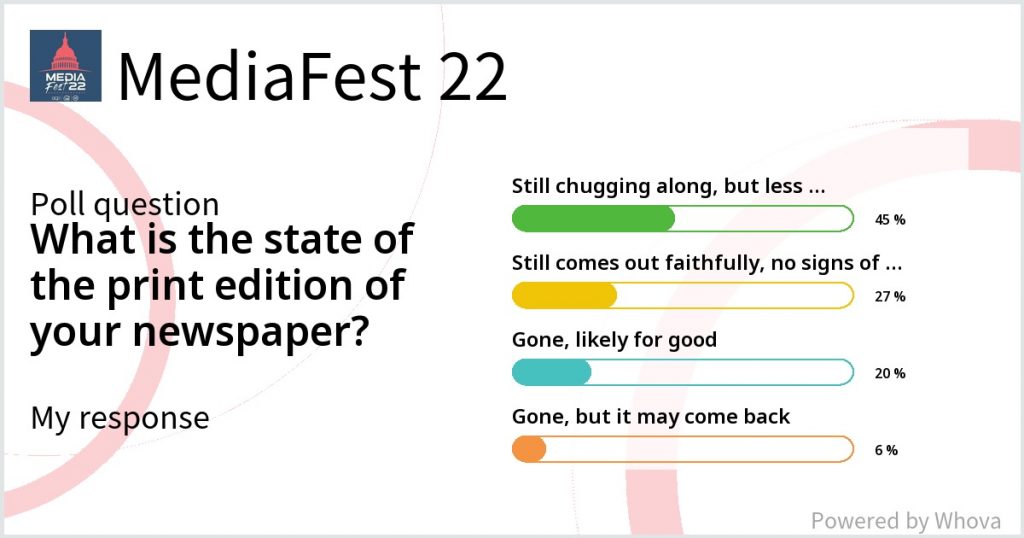
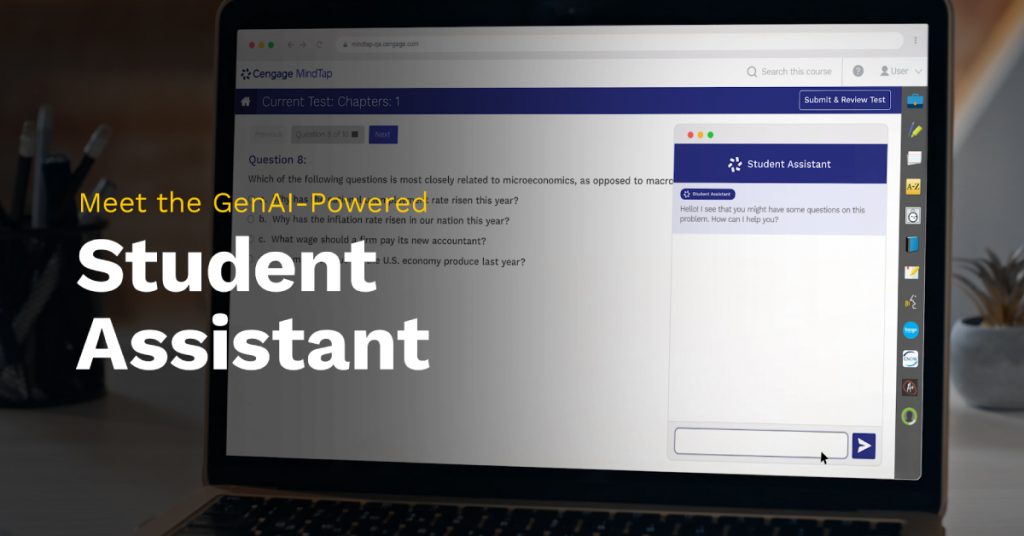
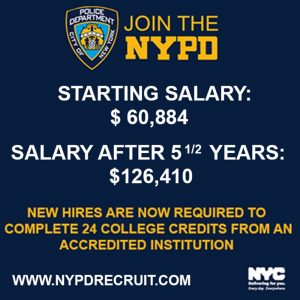
Facebook Comments